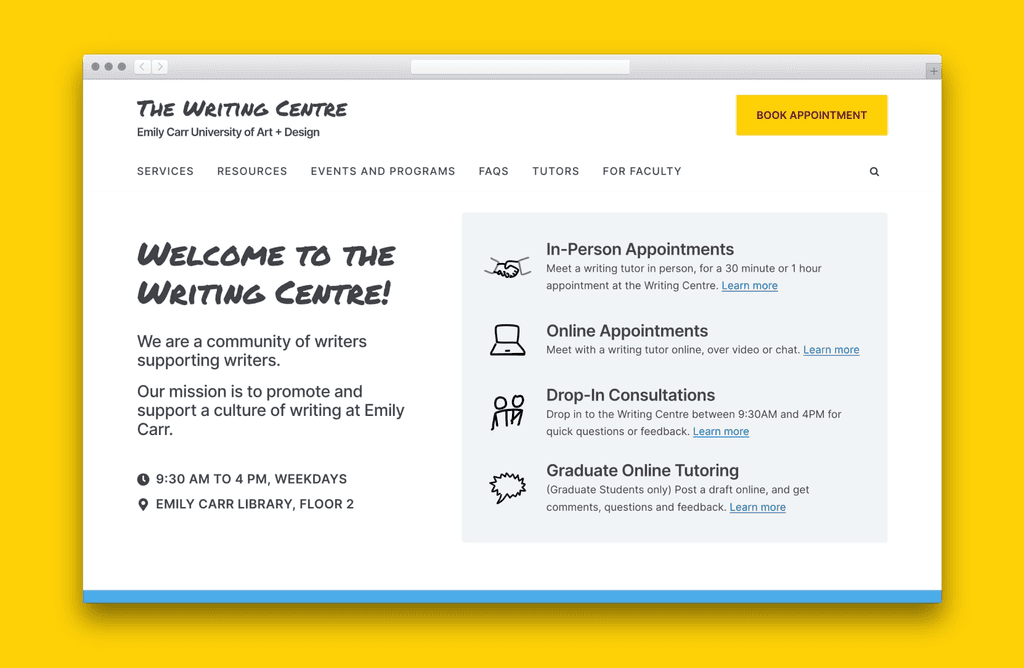Designing a new online application form for business bank accounts
Innovation is a credit union that provides many banking services, including business bank accounts. I designed an online application form for creating new business accounts.
Team
1 Product designer
+ 1 PM
+ 2 developers
My Role
Userflows + IA
+ Interaction design
+ Visual design
About the Company
Innovation is a credit union that's moving towards providing their banking services online.
One of the target audiences was small-to-medium businesses.
Opening business bank accounts was previously an offline-only process.
Innovation operated very few physical locations, and wanted to expand their offerings by providing more services on the web/mobile.
Project Strategy
This project started off with requirements that were restrictive. These had to be handled carefully.
1
Collecting requirements
Previously, to create a business bank account, an applicant would have an in-person conversation with a customer representative. The representative could identify the required information and skip unnecessary questions, which wasn't possible in the online application.
According to requirements, every single question in the offline application form had to be a required field.
2
Competitor analysis
I worked on understanding how other financial platforms handled business account creation.
Business account creation forms often split up the flow according to user type.
3
Wireframes and Prototype
Based on the initial requirements, I created a Figma prototype for internal testing.
There was one single flow for all user types. This meant that all users had to answer every question, even if it was not relevant to them.
4
Internal Testing
I now user-tested the form with stakeholders who were newly involved in this project.
As they tested the form, it became clear that the flow was too long and complicated, especially for inexperienced applicants.
5
Pivot to separate flows for different user types
As more stakeholders became aware of these complications, the requirements were eased.
I was approved to design separate flows for 3 different user types.
Key Contributions
After a round of internal user-tests, I iterated on the prototype to simplify the process for each user type.
Problem in iterations
The user faced too many choices for account selection.
I initially followed requirements and included all the possible accounts that could be opened. This included accounts for associations, savings accounts, accounts for agriculture etc.
Most users would not require these accounts at this point in the process.
Solution
The list of account options was simplified so the target user group only had to make one choice.
If you are a sole proprietor, you now only have to choose a business account sub-type.
Problem in iterations
For compliance, applicants had to answer many unnecessary questions.
Solution
For the target user group, the answers for many of these questions were already known. These were removed.
For sole proprietors, the answer to many of these questions would be a ‘no’. These questions were assigned answers by default and hidden from users.
Problem in iterations
An initial requirement was to collect the contact info of all possible account holders, including the applicant.
The form had to allow for adding multiple account holders (Signing Authorities).
These account holders would then receive emails asking them to verify their identity and register as a signing authority for the account.
This meant that most users would have to add their own info, receive an email from themselves, and then verify their identity.
Solution
For sole proprietors and sole owners of small businesses, this requirement was removed.
We can assume they would be the only person with access to their business’s bank account.
Now, these user types could directly verify their identity within the application process.













